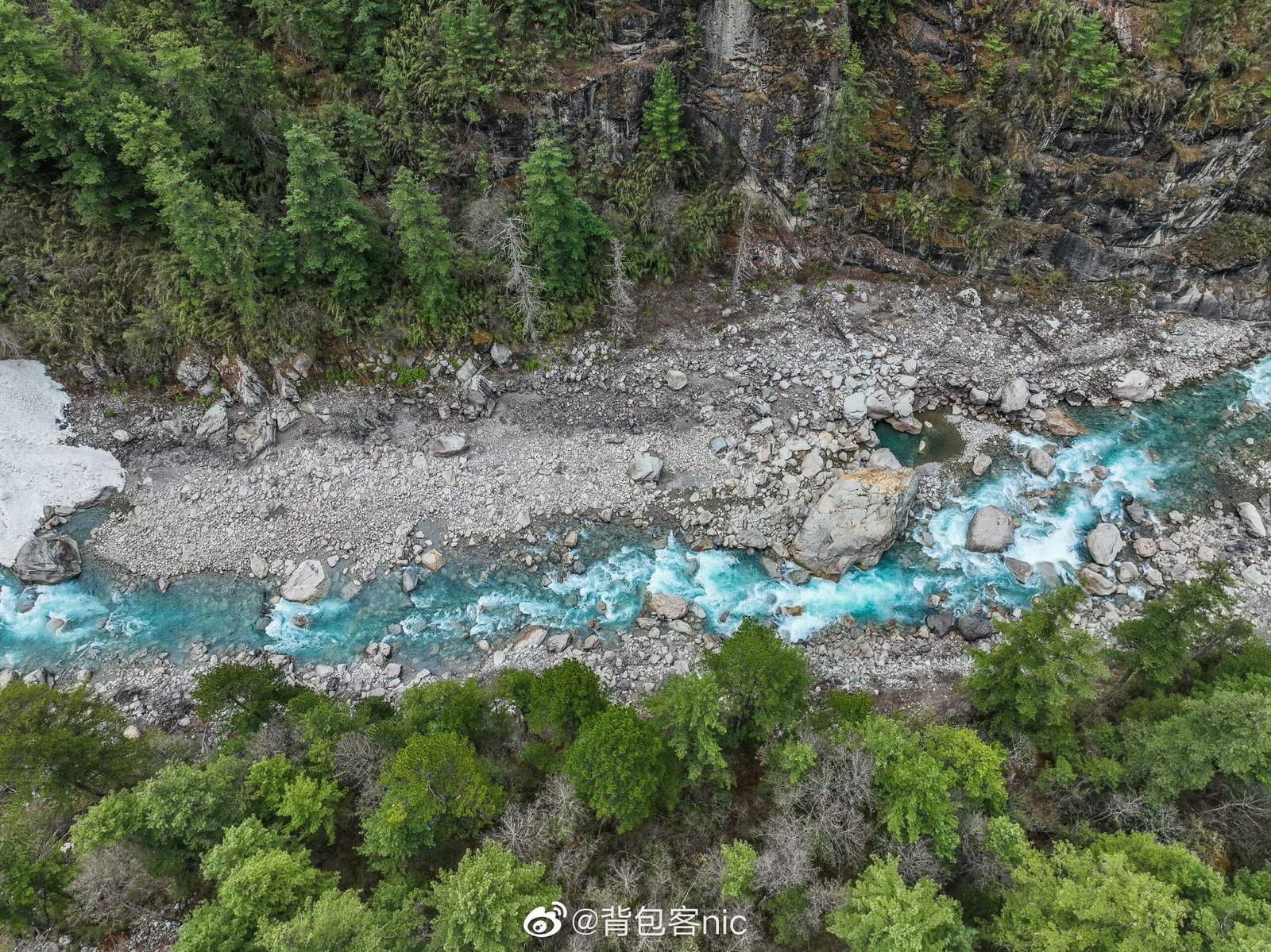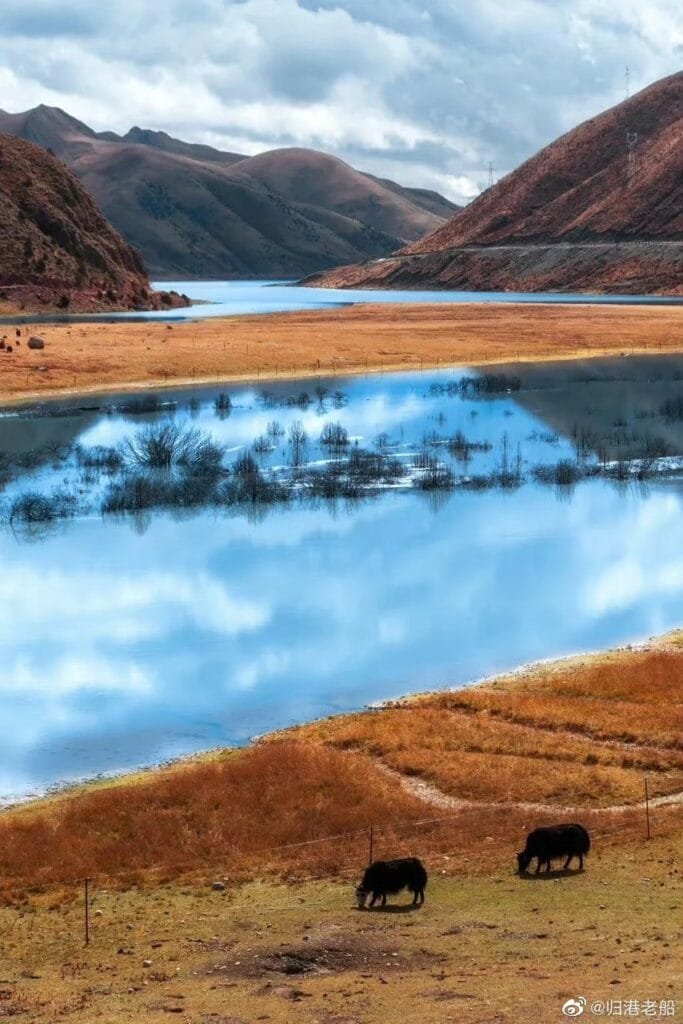
Introduction to the Maychu (Maiqu) River
The Maychu River སྨད་ཆུ (Maiqu, 麦曲河, 美曲), also known as Mingjiu River (明纠河), is a significant waterway in Tibet’s Chamdo region, particularly flowing through Bianba County (边坝县). In Tibetan, its name translates to “Impure River.” As an important tributary of the Nujiang River (怒江, also known as the Salween River), it plays a crucial role in the region’s hydrological and ecological systems.
Geographic Features of the Maychu River
Location and Flow
- Situated in Eastern Tibet, within Bianba County
- Flows northward, eventually merging into the Nujiang River, which continues into Myanmar and Thailand
- The river stretches 151 kilometers, with a basin area of 6,450 square kilometers
Ecological and Natural Wealth
- Aquatic Biodiversity: Home to Gymnodiptychus (裸腹重唇鱼), a high-altitude freshwater fish species found in Tibetan rivers
- Forests and Vegetation: The river basin is covered with dense woodlands, supporting a rich ecosystem and timber resources
Agricultural and Economic Importance
- Fertile Valley: The nutrient-rich lands along the Maychu River support the cultivation of Tibetan staple crops such as barley and wheat
- Sustains Local Communities: The river is essential for traditional farming and herding, which form the backbone of Tibetan rural life
- Agricultural Hub: The lower valley serves as a vital fruit and vegetable production center in Eastern Tibet
The Maychu River’s Role in Regional Development

A Key Tributary of the Nujiang River
- As a significant feeder into the Nujiang River, it contributes to the water systems extending into Southeast Asia
- Supports downstream agriculture and hydroelectric projects
Ecological and Environmental Significance
- Plays a vital role in maintaining biodiversity in Tibet’s riverine and mountainous ecosystems
- Supports diverse flora and fauna crucial for local conservation efforts
Cultural and Historical Importance
- The Maychu River flows through regions rich in Tibetan traditions, where generations of nomads and farmers have relied on its waters
- The riverbanks are home to historical Tibetan settlements and sacred landscapes
Hydroelectric Development Along the Maychu River
The river hosts a 1,890-kilowatt hydroelectric power station, designed as a diversion-type hydropower facility. This project consists of:
- Water intake hubs
- Underground water channels (tunnels)
- Power generation plants
- Step-up substations
- Living facilities for operational staff
The Scenic Beauty and Exploration Opportunities
The untouched beauty of the Maychu River makes it an ideal destination for travelers seeking pristine landscapes, rich Tibetan culture, and ecological wonders. From its meandering upper reaches in the northern Hengduan Mountains to the deep gorges in its lower sections, the river offers breathtaking scenery that captivates explorers and nature lovers alike.
Overview of the Maychu River
The Maychu River (Maiqu ) 麦曲河, also known as Mingjiu River, is a significant waterway in Bianba County, Chamdo Prefecture, Tibet Autonomous Region. In Tibetan, its name means “Impure River.” As an important tributary of the Nujiang River (Salween River), the Maychu River plays a crucial role in regional hydrology, ecology, and economic development.
Economic and Ecological Importance
- Energy Supply: Equipped with a 1,890-kilowatt hydropower station to support regional electricity needs
- Agricultural Hub: Fertile lands along the river support the cultivation of barley and wheat, essential Tibetan staple crops
- Tourism and Natural Beauty: Rich in natural landscapes, making it an ideal destination for nature exploration and cultural experiences
The Maychu (Maiqu) 麦曲河 River is more than just a tributary; it is a lifeline for Eastern Tibet’s ecology, economy, and culture. Whether as a key agricultural hub, a thriving natural ecosystem, or a sacred waterway deeply rooted in Tibetan heritage, this hidden gem deserves recognition and preservation. As interest in Tibet’s natural wonders grows, the Maychu River stands as a testament to the region’s unparalleled beauty and significance.


